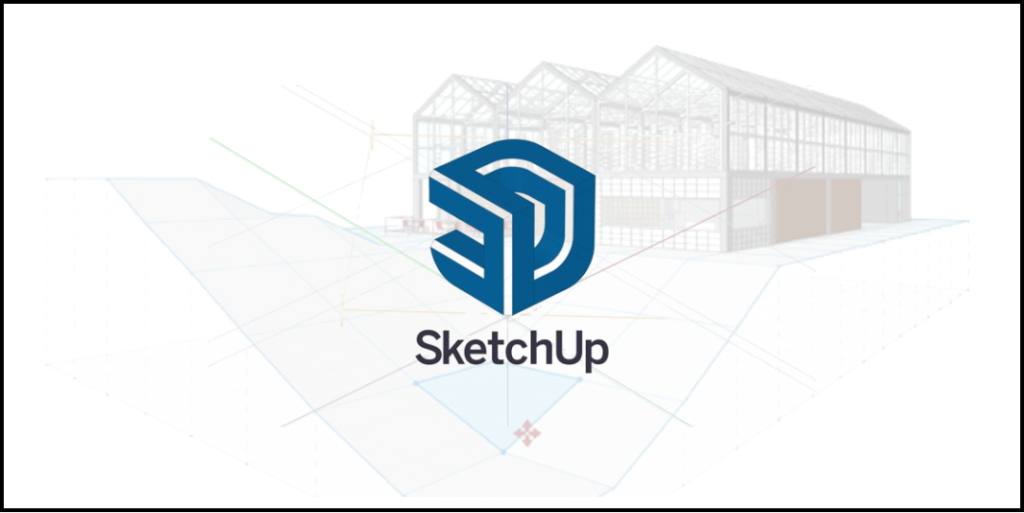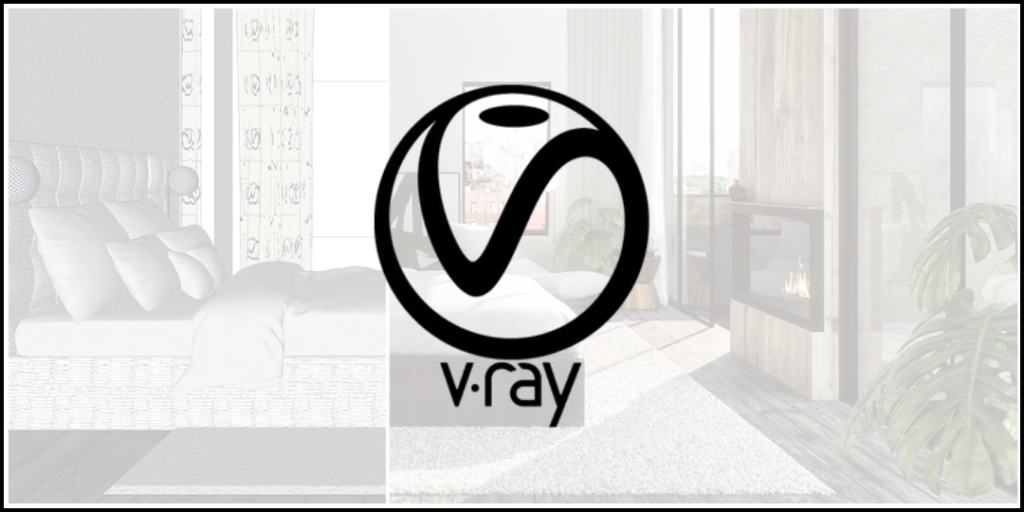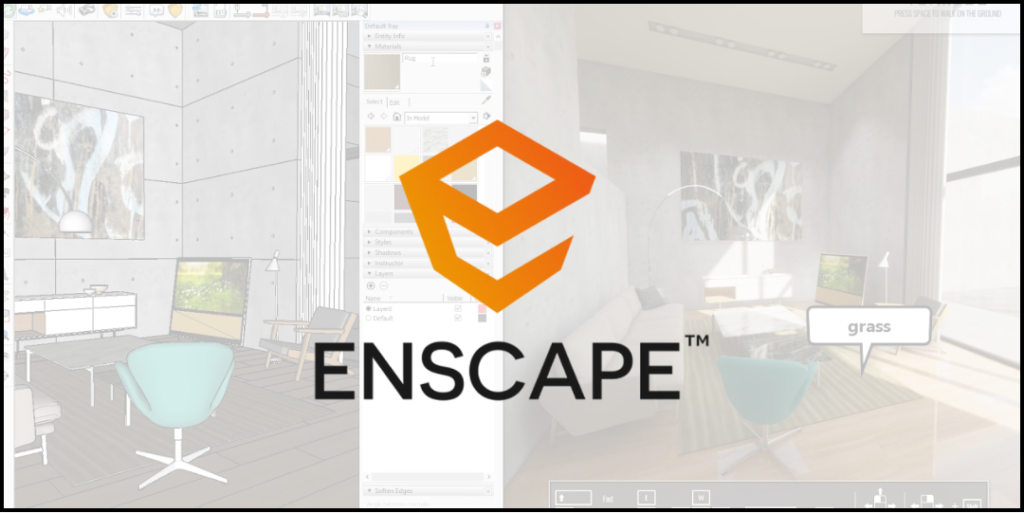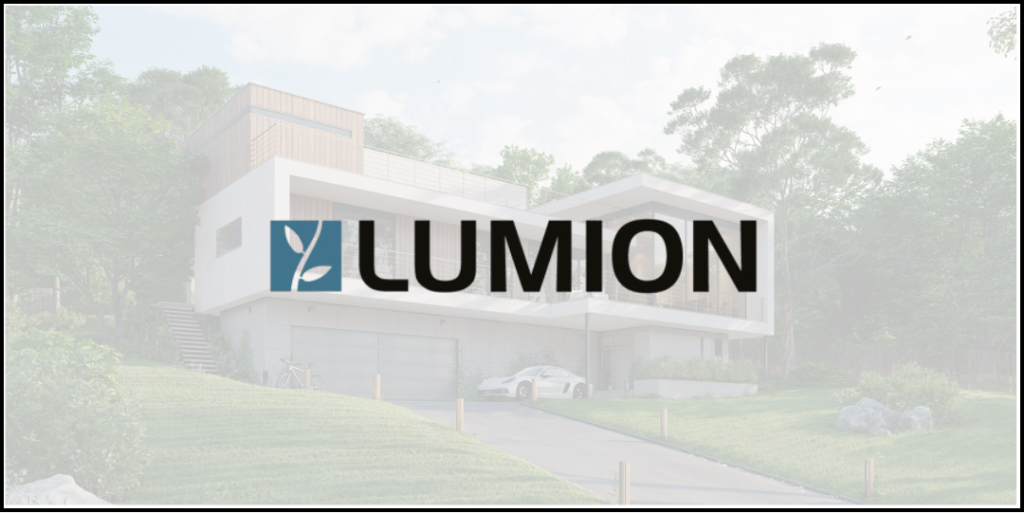Architecture Designing
This course is designed to provide a comprehensive understanding of architectural design principles, tools, and practical applications. It is suitable for beginners and professionals looking to enhance their skills in architecture.






